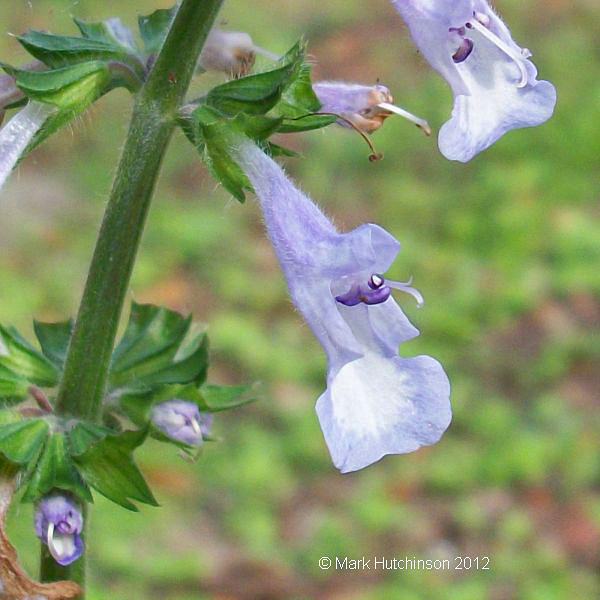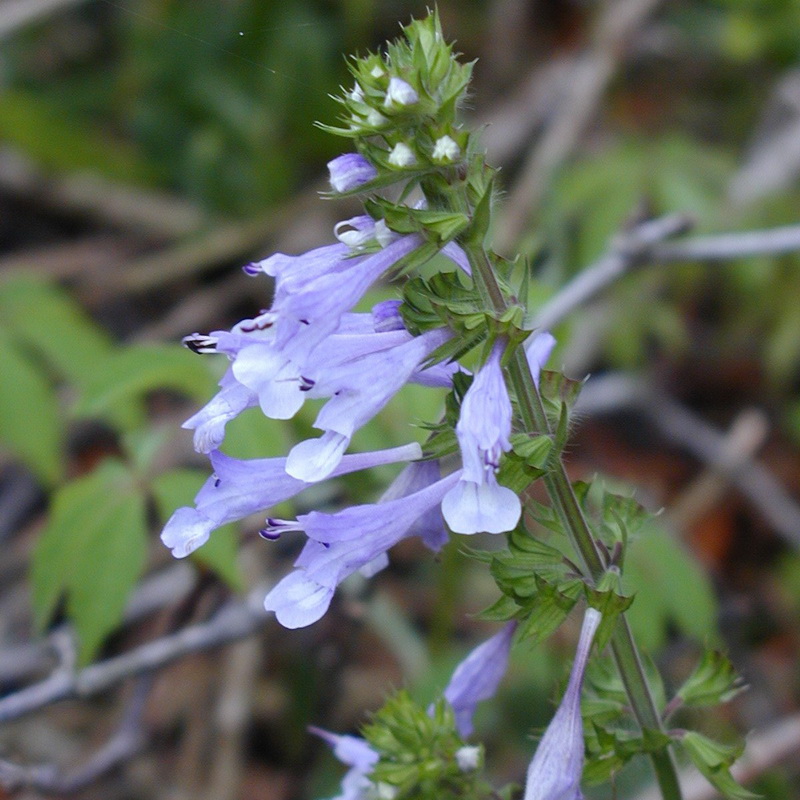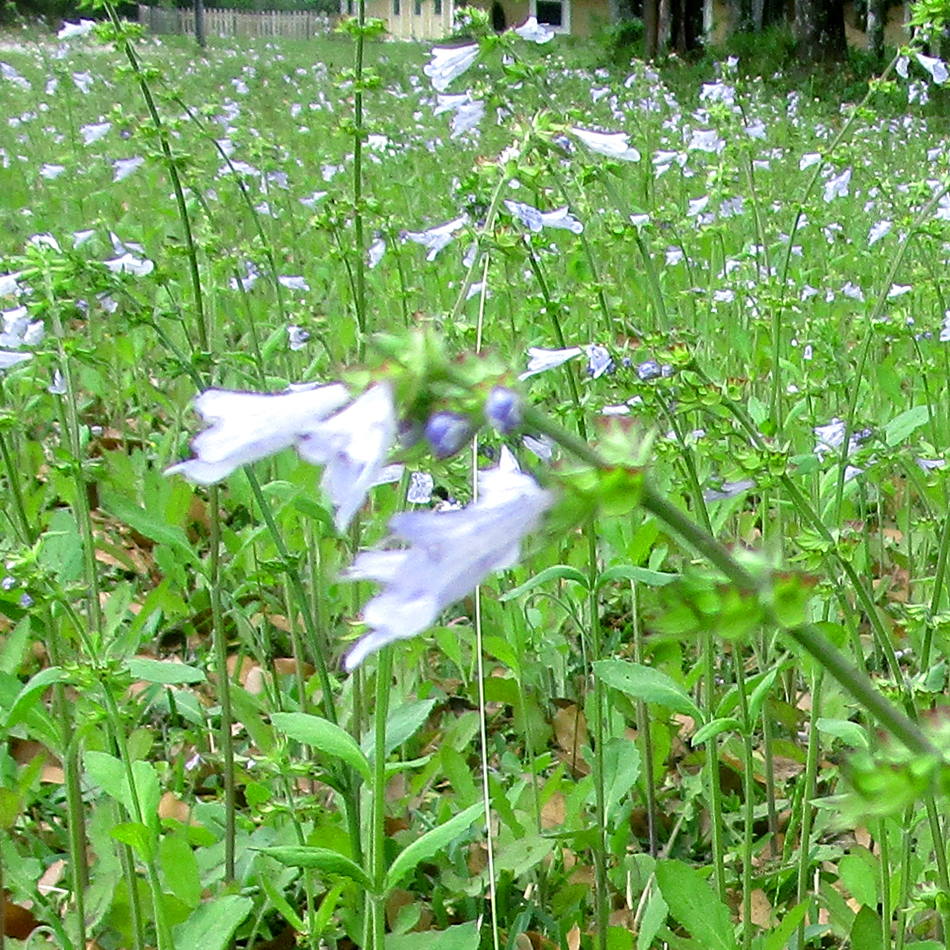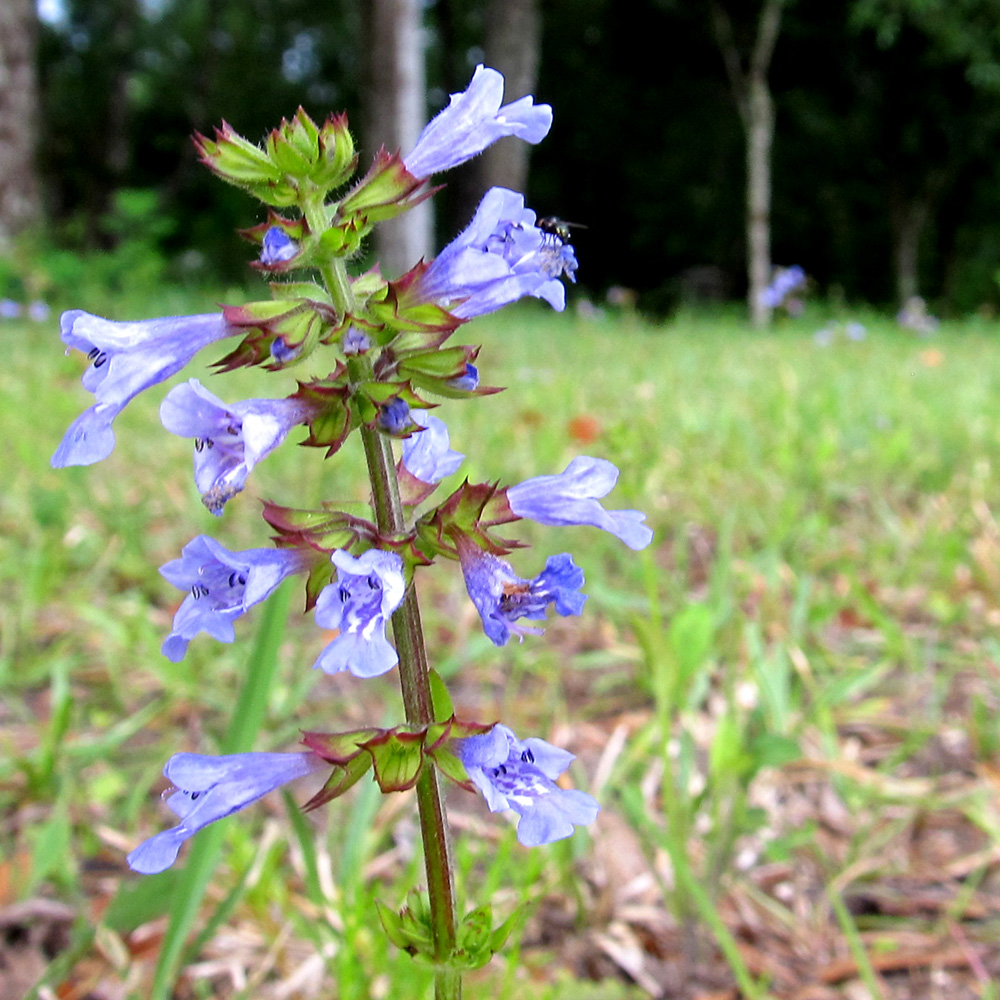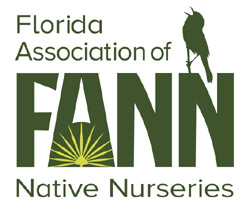Salvia lyrata
Photographs belong to the photographers who allow use for FNPS purposes only. Please contact the photographer for all other uses.
Lyre-leaved Sage
Lamiaceae (Labiatae)
Plant Specifics
| Form: | Flower | |
| Size: | 1 - 1.5 ft | |
| Life Span: | Long-lived perennial | |
| Flower Color: | Blue,lavender | |
| Fruit Color: | Brown | |
| Phenology: | Winter dormant or with only a basal rosette. Blooms spring. | |
| Noted for: | Showy flowers, Interesting foliage |
Landscaping
| Recommended Uses: | Wildflower garden. Roadside plantings. Can be mixed in with grasses or other low groundcovers. If kept mowed, it will reward you in the spring by creating a sea of blue. | ||||||||||||||||||||||||||||||||||||||||||
| Considerations: | If planning to intermix in garden or grass, be aware that this species seeds readily. It definitely does not belong in a manicured lawn. | ||||||||||||||||||||||||||||||||||||||||||
| Propagation: | Seed (strew on top of bare soil). Division. | ||||||||||||||||||||||||||||||||||||||||||
| Availability: | Native nurseries, Seed | ||||||||||||||||||||||||||||||||||||||||||
| Light: | Full Sun, Part Shade | ||||||||||||||||||||||||||||||||||||||||||
| Moisture Tolerance: |
always floodedextremely dry |
||||||||||||||||||||||||||||||||||||||||||
| (Usually moist, occasional inundation ----- to ----- Not wet but not extremely dry) | |||||||||||||||||||||||||||||||||||||||||||
| Moisture Tolerance: | Usually moist, occasional inundation ----- to ----- Not wet but not extremely dry | ||||||||||||||||||||||||||||||||||||||||||
| Salt Water Flooding Tolerance: | Not salt tolerant of inundation by salty or brackish water. | ||||||||||||||||||||||||||||||||||||||||||
| Salt Spray/ Salty Soil Tolerance: | Low/no tolerance of salty wind or direct salt spray | ||||||||||||||||||||||||||||||||||||||||||
| Soil or other substrate: | Clay, Loam, Sand | ||||||||||||||||||||||||||||||||||||||||||
| Soil pH: | Adaptable | ||||||||||||||||||||||||||||||||||||||||||
Ecology
| Wildlife: |
| |
| Insects: | Attracts many pollinators including butterflies and bees. | |
| Native Habitats: | Disturbed sites. Roadsides, dry-mesic to mesic areas. |
Distribution and Planting Zones
Natural Range in Florida
USDA Zones
Suitable to grow in:
10A 10B 8A 8B 9A 9B
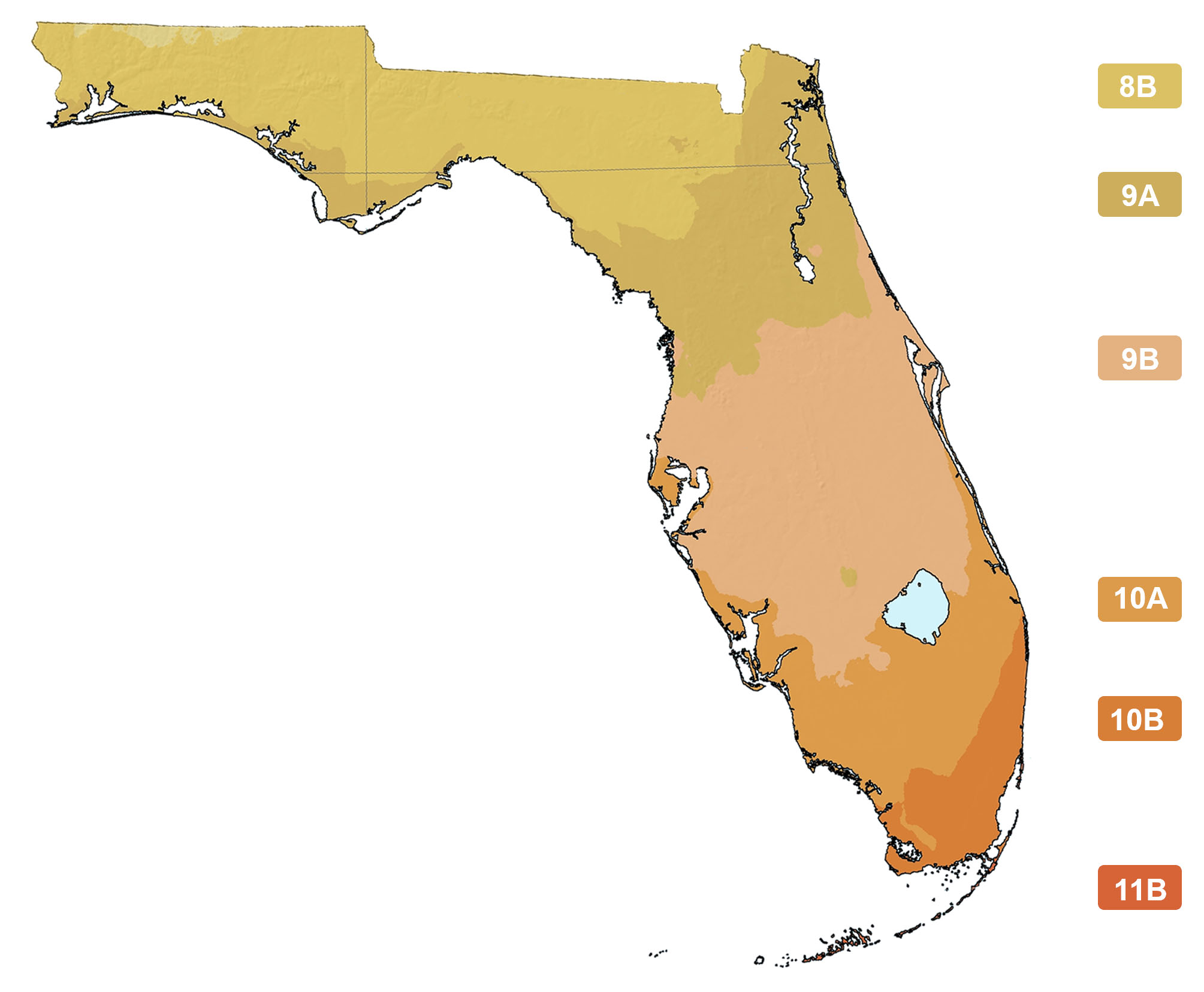
USDA zones are based on minimum winter temperatures
Comments
| Ethnobotany: | Young leaves are sometimes used in salads or can be steamed or boiled. Leaves can also be brewed as a tea. Somewhat minty. The plant had a number of medicinal uses none of which we would want to vouch for. FNPS has not validated these statements. What you eat or drink is your own responsibility. | |
| General Comments: | The basal leaves are usually tingled with purple and have deep lobes toward the base, which is reminiscent of the shape of a lyre. |
